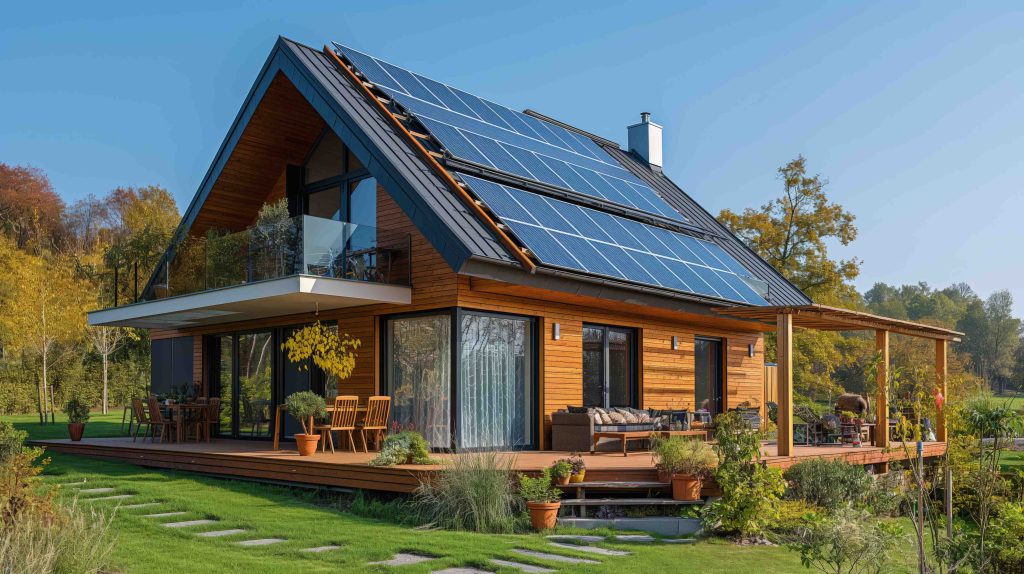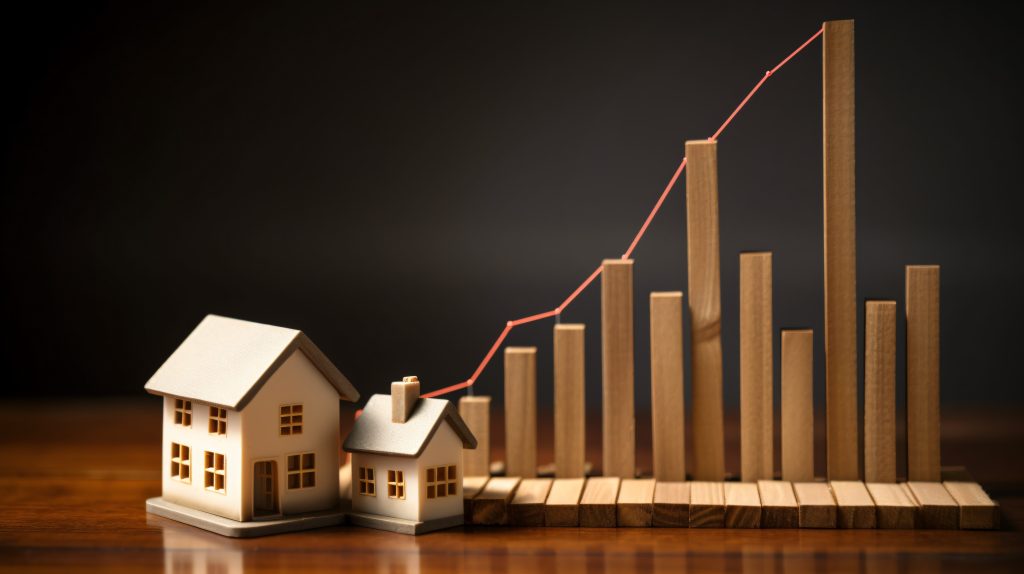In recent years, the concept of sustainability has transcended beyond mere buzzwords and emerged as a pivotal factor in various industries. The real estate market, traditionally known for its slow pace of change, is now experiencing a significant shift towards sustainable homes. This transformation is driven by a growing awareness of environmental issues, advancements in green technology, and an increasing demand from eco-conscious consumers. In this blog post, we will explore the rise of sustainable homes, the benefits they offer, and the impact they are having on today’s real estate market.
Understanding Sustainable Homes
Sustainable homes are designed and built to have a minimal impact on the environment while promoting the well-being of their occupants. These homes incorporate eco-friendly materials, energy-efficient systems, and innovative design principles to reduce carbon footprints and enhance resource efficiency. Key features of sustainable homes include:
Energy Efficiency: Utilizing renewable energy sources such as solar panels, wind turbines, and geothermal systems to power the home. Incorporating energy-efficient appliances and lighting to reduce consumption.
Water Conservation: Implementing water-saving fixtures, rainwater harvesting systems, and greywater recycling to minimize water usage.
Eco-friendly Materials: Using sustainable building materials such as reclaimed wood, recycled metal, and low-VOC (volatile organic compounds) paints to reduce environmental impact.
Indoor Air Quality: Ensuring proper ventilation, using non-toxic materials, and incorporating air purification systems to maintain healthy indoor air.
Smart Home Technology: Integrating smart home systems that optimize energy use, monitor resource consumption, and enhance overall efficiency.
The Benefits of Sustainable Homes
Sustainable homes offer a myriad of benefits to homeowners, the community, and the environment. Some of the key advantages include:
Cost Savings: Although the initial investment in sustainable features may be higher, the long-term savings on energy, water, and maintenance costs can be substantial. Homeowners can also benefit from tax incentives and rebates for green building practices.
Improved Health and Well-being: Sustainable homes promote a healthier living environment through better air quality, natural lighting, and non-toxic materials. This can lead to reduced respiratory issues, allergies, and overall enhanced well-being.
Environmental Impact: By reducing energy consumption, water usage, and reliance on non-renewable resources, sustainable homes significantly lower their carbon footprint. This contributes to the global effort to combat climate change and preserve natural resources.
Increased Property Value: As demand for green homes rises, properties with sustainable features often see higher resale values and faster sales. Buyers are increasingly willing to pay a premium for homes that align with their environmental values.
The Market Impact
The surge in demand for sustainable homes is reshaping the real estate market in several ways:
Developer Adaptation: Real estate developers are increasingly incorporating sustainable practices into their projects to meet the growing demand. This includes building eco-friendly communities, retrofitting existing properties, and obtaining green certifications such as LEED (Leadership in Energy and Environmental Design).
Policy and Regulation: Governments and local authorities are implementing stricter building codes and offering incentives to encourage sustainable construction. This regulatory push is driving the adoption of green building practices across the industry.
Consumer Awareness: Educated and environmentally conscious consumers are influencing the market by prioritizing sustainability in their home-buying decisions. Real estate agents and brokers are also recognizing the importance of promoting green features to attract potential buyers.
Innovation and Technology: The rise of sustainable homes is fueling innovation in green building technologies and materials. Companies are developing advanced solutions to improve energy efficiency, resource management, and overall sustainability in residential construction.
Conclusion
The shift towards sustainable homes represents a positive and necessary evolution in the real estate market. As environmental concerns continue to mount, the demand for eco-friendly living spaces will only grow stronger. By embracing sustainable practices, homeowners, developers, and policymakers can contribute to a healthier planet while enjoying the myriad benefits of green living. The future of real estate lies in sustainability, and the journey towards greener, more resilient homes has just begun.
Read More About Real Estate Software Solutions
Tags: GreenLiving, RealEstateTrends, SustainableHomes


